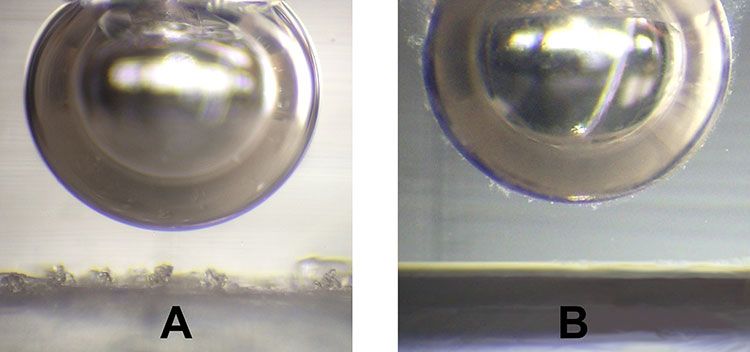20th century and today, remains a mainstay in extracting a range of valuable minerals from enormous volumes of ore. It has remained relevant for over a century by adapting to the changing demands of the mining industry.
Today, the industry demands that processes become more energy efficient to address the threat posed by climate change. For flotation, this can most simply be achieved by floating coarser particles because comminution overwhelmingly consumes greatest amount of energy used in minerals processing operations.
Fluidised bed flotation machines have been developed and well researched over the past two decades to provide the hydrodynamic conditions best suited for coarse particle flotation. But little attention has been given to chemistry within these machines and how it can be manipulated to enhance coarse particle recovery.
This project investigates how dosing collector via bubble surfaces could benefit coarse particle flotation. Examination of flotation thermodynamic theory indicates that collector adsorption from is greater at bubble-particle surfaces than at liquid-particle surfaces. Limited experimental data in literature supports the theory.

This project forms part of the ARC Centre of Excellence for Eco-efficient Beneficiation of Minerals.
This project is also affiliated with, and reports into the CPR Program.
This project is undertaken by the Sustainable Minerals Institute’s Julius Kruttschnitt Minerals Research Centre (JKMRC) Flotation Chemistry Group.
Project team
Project leader
Associate Professor Liza Forbes
Researchers
Lizette Verster
Professor George Franks, University of Melbourne
